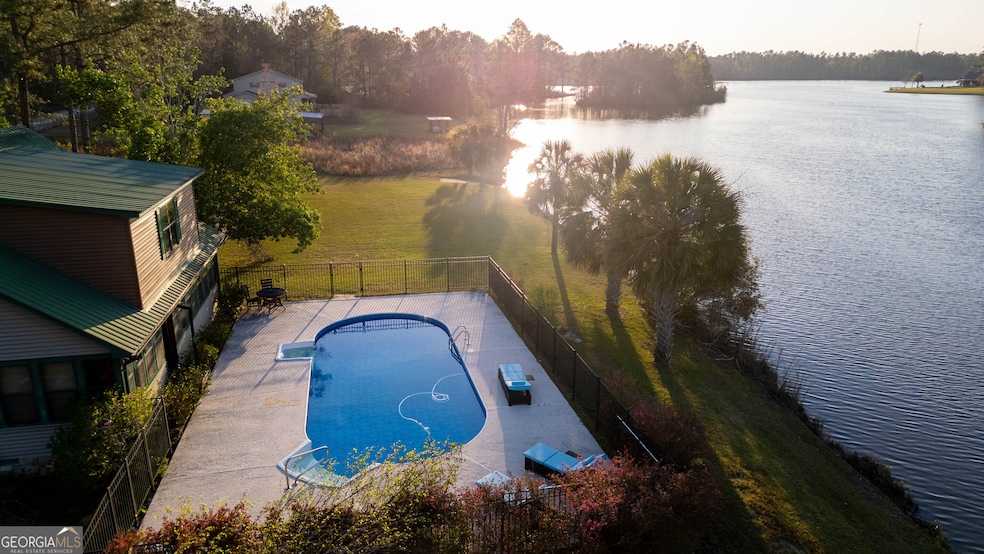Hazlehurst, Georgia, a locale perhaps best known for its proximity to the alluring Owl Head Trail, proffers an unexpectedly rich tapestry of wildlife. Its diverse ecosystems, ranging from longleaf pine savannas to blackwater rivers, harbor a fascinating array of creatures. Journey beyond the well-trodden path of the trail, and discover the diverse biotic community that thrives in this southeastern Georgian haven.
Avian Wonders: A Birder’s Paradise
Hazlehurst serves as a crucial stopover and permanent residence for a diverse array of avian species. The plaintive cry of the Brown-headed Nuthatch, a diminutive denizen of the pine forests, punctuates the soundscape. These birds excavate nesting cavities in decaying trees, showcasing their resourcefulness. Keep an eye out for the Northern Bobwhite, a game bird whose distinctive “bob-white” call echoes through the underbrush. Habitat loss, however, poses a significant threat to their populations. Majestic raptors, such as the Red-shouldered Hawk, patrol the skies, their keen eyes scanning for prey. They perform a vital role in maintaining ecological balance.
Many migratory birds pass through during the spring and fall. These include warblers, tanagers, and thrushes. Their vibrant plumage adds splashes of color to the landscape. Early mornings and late afternoons are the prime times to observe these transient visitors. Binoculars and a field guide are invaluable tools for identification. Birdwatching, also known as ornithology, provides opportunities for both recreation and scientific observation.
Reptiles and Amphibians: A Herpetological Hotspot
The region surrounding Hazlehurst boasts a remarkable diversity of reptiles and amphibians. The American Alligator, an apex predator of the waterways, is a formidable presence. These creatures are integral to the health of the aquatic ecosystems. The Eastern Diamondback Rattlesnake, a venomous viper, inhabits the pine flatwoods and sandy ridges. Respect and caution are paramount when traversing their habitat. Non-venomous snakes, such as the Eastern Kingsnake, contribute to the control of rodent populations. They are a beneficial component of the ecosystem.
Amphibians thrive in the moist environments, playing a crucial role in nutrient cycling and insect control. The Green Treefrog, with its distinctive call, is a common sight. Various species of salamanders, often cryptic and nocturnal, inhabit the leaf litter and under logs. Their presence is an indicator of habitat quality. Vernal pools, ephemeral bodies of water, provide essential breeding grounds for many amphibian species.
Mammalian Inhabitants: From the Elusive to the Ubiquitous
Hazlehurst and its environs support a diverse array of mammalian species, some more elusive than others. The White-tailed Deer, a ubiquitous presence, is frequently observed browsing in the fields and forests. Their grazing habits influence plant community structure. The Gray Fox, a cunning predator, patrols the woodlands, hunting small mammals and birds. Look for their tracks in the soft soil. The elusive Bobcat, a solitary feline, roams the underbrush, preying on rabbits and rodents. Their cryptic nature makes them difficult to observe.
Smaller mammals, such as the Eastern Cottontail Rabbit and the Gray Squirrel, are common sights. These creatures serve as important prey items for larger predators. The Southeastern Pocket Gopher, a subterranean rodent, creates distinctive mounds of soil. These mounds aerate the soil and provide habitat for other organisms. Nocturnal mammals, such as the Virginia Opossum and the Raccoon, are active under the cover of darkness. Their adaptability allows them to thrive in a variety of habitats.
Invertebrate Abundance: The Unsung Heroes of the Ecosystem
While often overlooked, invertebrates constitute a critical component of the Hazlehurst ecosystem. Insects, such as butterflies, bees, and beetles, play essential roles in pollination, decomposition, and nutrient cycling. The vibrant Monarch Butterfly, with its iconic orange and black wings, undertakes an epic migration. This spectacle is a testament to the resilience of nature. Dragonflies and damselflies, with their iridescent colors, patrol the waterways, preying on insects. Their presence indicates good water quality. Various species of spiders, scorpions, and millipedes inhabit the leaf litter and under rocks. They contribute to the decomposition of organic matter.
The soil fauna, including earthworms and nematodes, are essential for maintaining soil health. These organisms break down organic matter and improve soil structure. The sheer abundance and diversity of invertebrates underscore their importance in the functioning of the ecosystem. They are often the unsung heroes of the natural world. Understanding their roles is crucial for effective conservation.
Conservation Considerations: Protecting Hazlehurst’s Biodiversity
The rich biodiversity of Hazlehurst faces numerous threats, including habitat loss, pollution, and invasive species. Responsible land management practices are essential for preserving the region’s natural heritage. Conservation efforts should focus on protecting and restoring critical habitats, such as longleaf pine forests and wetlands. Controlling invasive species is crucial for maintaining the integrity of the ecosystem. Educating the public about the importance of biodiversity is essential for fostering a sense of stewardship. Sustainable tourism can provide economic benefits while minimizing environmental impacts. By working together, we can ensure that future generations can appreciate the unique wildlife of Hazlehurst, GA, long after the Owl Head Trail has been thoroughly explored. Understanding the interconnectedness of species and habitats is key to successful conservation.
